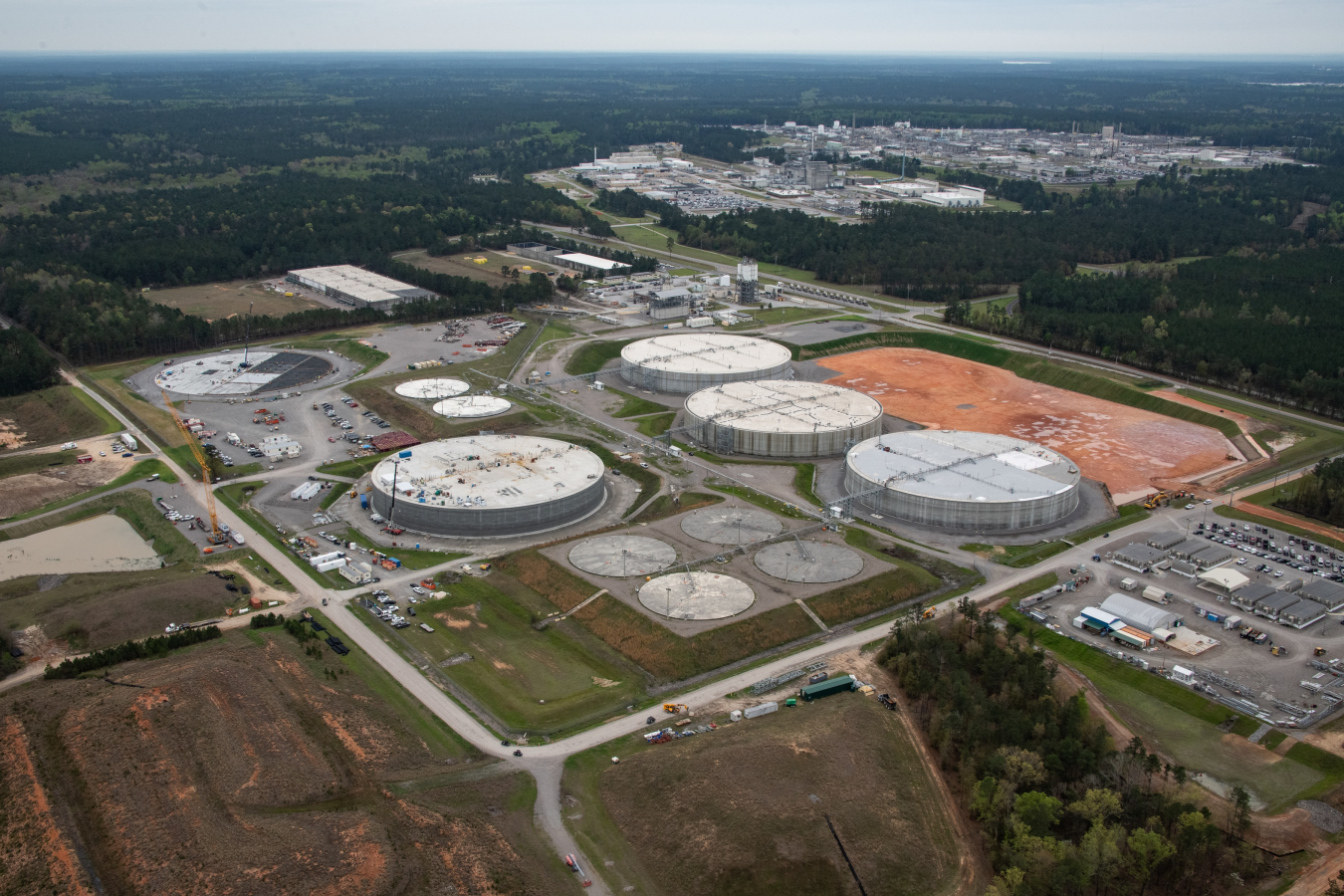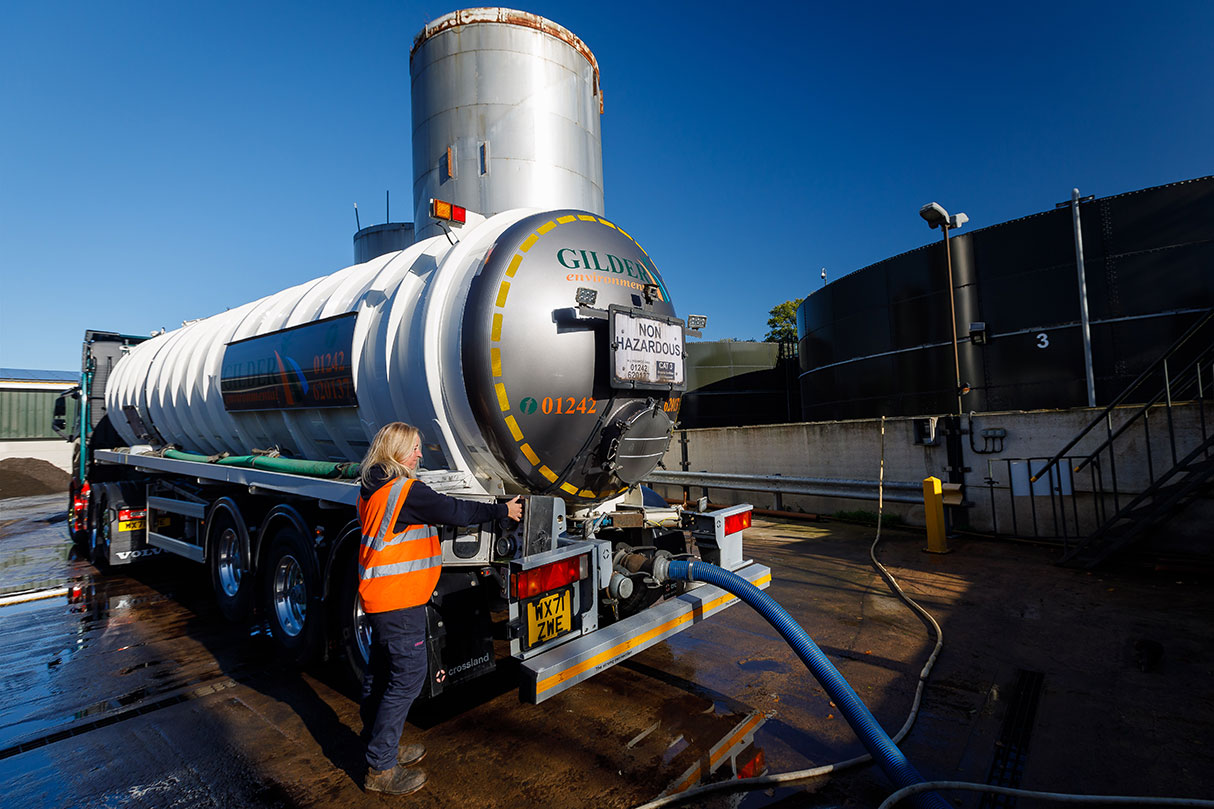Cutting-edge Industrial Wastewater Treatment Solutions: Shielding the Setting
Cutting-edge Industrial Wastewater Treatment Solutions: Shielding the Setting
Blog Article
Exactly How Liquid Waste Disposal Functions: An In-depth Summary of Strategies and Technologies Employed

Overview of Liquid Waste Types
The complexity of liquid waste types necessitates an extensive understanding of their features and effects for disposal. Fluid waste can extensively be categorized into several types, consisting of commercial, metropolitan, farming, and contaminated materials. Each classification displays distinct homes, needing particular management strategies to minimize ecological and health and wellness dangers.
Industrial liquid waste stems from making procedures and commonly consists of a series of pollutants, such as heavy steels, solvents, and organic compounds. Community liquid waste, mainly making up wastewater from households and business establishments, contains raw material, nutrients, and pathogens (industrial wastewater treatment). Agricultural fluid waste, including overflow from farms, might include plant foods, pesticides, and pet waste, presenting risks to water top quality and environments
Harmful fluid waste is defined by its poisoning, sensitivity, or potential to trigger damage. Recognizing these diverse liquid waste types is critical for developing efficient disposal approaches and ensuring compliance with environmental guidelines.
Physical Therapy Methods

Testing is the initial step, where bigger bits and debris are removed from the fluid waste utilizing screens or grates. This process secures downstream devices from damages and makes certain smoother procedure. Complying with screening, sedimentation utilizes gravitational force to separate solids from liquids. In sedimentation storage tanks, heavier particles clear up near the bottom, forming a sludge layer, while the made clear fluid can be more dealt with.
Filtering is an additional important method that includes passing the fluid with permeable products, such as sand or membranes, to capture smaller sized fragments. This step improves the quality of the fluid, making it appropriate for subsequent therapy processes.

Chemical Therapy Strategies
Chemical treatment techniques are necessary for successfully taking care of liquid waste, especially in resolving liquified and colloidal contaminants that physical approaches might not appropriately get rid of. These strategies utilize numerous chemical agents to counteract, speed up, or transform unsafe compounds into much less unsafe kinds.
One usual approach is coagulation and flocculation, where chemicals such as alum or ferric chloride are added to promote the gathering of put on hold particles. This procedure improves sedimentation, permitting easier elimination of the resulting sludge. Furthermore, oxidation procedures, using agents like chlorine or ozone, are used to damage down complicated organic compounds and virus, rendering the waste more secure for discharge or additional treatment.
Neutralization is an additional essential technique, which readjusts the pH of acidic or alkaline waste streams to neutral degrees, preventing possible injury to downstream systems and the environment. Additionally, progressed oxidation processes (AOPs) make use of combinations of oxidants and ultraviolet light to degrade consistent pollutants, achieving a greater degree of treatment performance.
Biological Treatment Processes
Organic therapy processes play a critical duty in the monitoring of fluid waste by making use of microorganisms to decay organic matter and decrease contaminant degrees. These processes can be extensively categorized into anaerobic and cardio therapies, each employing particular microbial neighborhoods to achieve effective waste degradation.
Aerobic treatment entails making use of oxygen to facilitate the malfunction of organic materials by germs. This process is generally applied in triggered sludge systems, where aeration tanks provide a conducive setting for microbial growth, causing the oxidation of organic toxins. The resultant biomass can be separated from treated effluent through sedimentation.
On the other hand, anaerobic therapy occurs in the absence of oxygen, relying upon various bacteria to damage down raw material. This method is especially advantageous for high-strength waste, as it produces biogas, a renewable resource source, while lowering sludge production. Technologies such as anaerobic digesters are frequently employed in municipal and commercial applications.
Both anaerobic and aerobic organic treatments not only minimize the ecological influence of liquid waste but likewise promote resource recovery, making them vital components of sustainable waste monitoring methods. Their efficiency, flexibility, and performance support their widespread implementation throughout different fields.
Arising Technologies in Disposal
Innovative approaches to liquid waste disposal are rapidly developing, driven by advancements in innovation and a boosting emphasis on sustainability. Amongst these emerging innovations, membrane layer bioreactors (MBRs) have gained traction for their capability to integrate biological treatment with membrane filtering, resulting in premium effluent that can be recycled in different applications. MBRs enable smaller sized footprints and much more effective operations contrasted to traditional systems.
One more encouraging development is using anaerobic digestion combined with nutrient recovery modern technologies, which not just deals with fluid waste but likewise generates biogas and recoups useful nutrients like nitrogen and phosphorus. This dual benefit boosts source efficiency and Discover More Here minimizes ecological influence.
Furthermore, advanced oxidation procedures Read Full Article (AOPs) are being adopted for the destruction of complex natural toxins. These methods make use of powerful oxidants and drivers to damage down impurities at the molecular degree, providing a highly reliable remedy for tough waste streams.
Furthermore, the assimilation of expert system and machine knowing in waste administration systems is optimizing functional effectiveness and predictive upkeep, leading to decreased prices and boosted ecological conformity. These modern technologies show a significant shift in the direction of even more efficient and lasting liquid waste disposal methods.
Verdict
In final thought, effective liquid waste disposal demands a thorough understanding of different methods and modern technologies. By constantly progressing these approaches, it ends up being feasible to address the growing difficulties linked with fluid waste, ultimately contributing to environmental security and resource healing.
Fluid waste disposal is a vital element of ecological monitoring, calling for a comprehensive understanding of various methods and innovations customized to different waste kinds. Liquid waste can extensively be classified right into a number of kinds, consisting of commercial, local, farming, and harmful waste. Agricultural fluid waste, consisting of drainage from ranches, may consist of plant foods, pesticides, and animal waste, posturing risks to water quality this contact form and communities.
Various physical treatment methods play a crucial role in managing fluid waste properly - industrial wastewater treatment.In verdict, efficient liquid waste disposal necessitates a comprehensive understanding of various strategies and modern technologies
Report this page